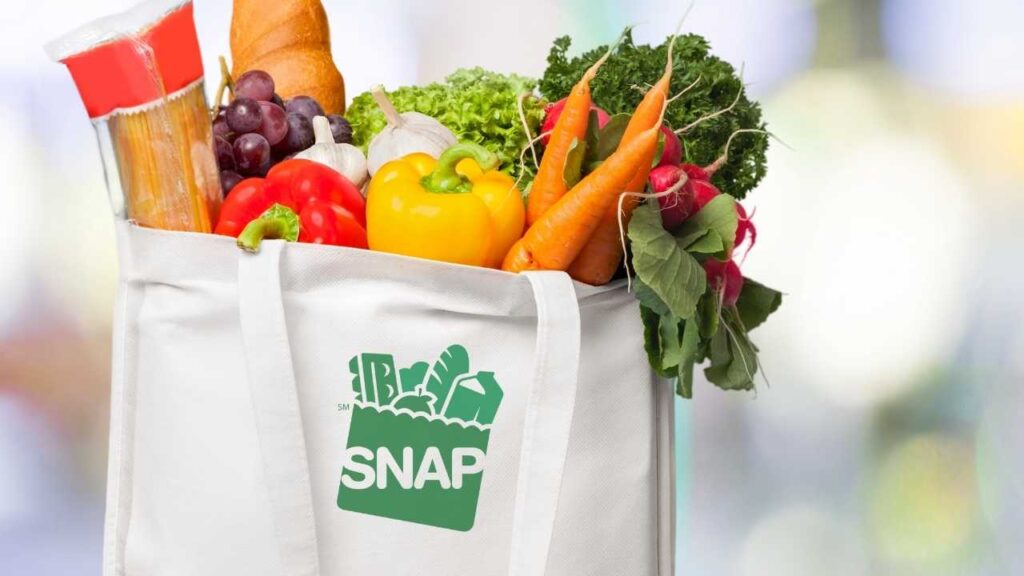For millions of American families, SNAP (Supplemental Nutrition Assistance Program) is the tool that puts food on the table. But in 2025, a series of policy shifts are reshaping the program, from what you can buy to how you qualify. Some changes aim to promote healthier eating, while others tighten work requirements or expand deductions for modern necessities. Here’s what’s new—and what it could mean for you.
If you’re kinda new to SNAP benefits, this program delivers monthly payments to American families with low incomes or no resources, in order for them to stay away from the risk of hunger, while they bring to their tables nutritious, high-quality groceries. Now, let’s see those changes that you must be aware of as of today.
States Ban SNAP Purchases of Sugary Drinks and Snacks
Say goodbye to buying soda and candy with SNAP benefits, at least in some states. Florida, Texas, Oklahoma, Colorado, Louisiana, and West Virginia have gotten federal approval to block the use of food stamps on ultra-processed items like soft drinks, energy drinks, and sweets. The policy, part of the “Make America Healthy Again” initiative, won’t take effect until 2026, but it’s already sparking debate.
Proponents argue it steers low-income families toward nutritious choices, but critics call it paternalistic. “If lawmakers want to improve diets, they should make fresh food cheaper instead of policing what poor people eat,” says Mariana Ruiz, a single mom in Tampa who relies on SNAP.
Stricter Work Rules, While More People Must Prove Employment to Keep Benefits
Work requirements for SNAP recipients just got tougher. Previously, only adults aged 18–54 without dependents (known as ABAWDs) had to meet monthly work or training quotas. Now, that rule extends up to age 64, and exemptions for veterans and the homeless have shrunk. The only new exception? Native Americans living on tribal lands.
Starting mid-2025, ABAWDs must log at least 80 hours a month of work, job training, or volunteer time to stay eligible. Miss the target, and benefits could vanish after three months. “I’m 60 and have arthritis—finding flexible work isn’t easy,” says James Foley, a former construction worker in Oklahoma. “This feels like punishment.”
Internet Bills Now Deductible and New Secured Cards
In a nod to modern life, the USDA has added basic internet costs to SNAP’s Standard Utility Allowance (SUA), which helps determine benefit amounts. States must adopt the change by October 2025. For families like the Garcias in New Mexico, it’s a win. “My kids need internet for school, and I need it to job-hunt,” says Rosa Garcia. “Every little bit helps.”
After years of skimming scams draining SNAP accounts, states like California and Oklahoma are issuing EBT cards with EMV chips—the same security feature found in credit cards. More states will follow in 2025. “I lost $200 last year to fraud,” shares Marcus Lee, a disabled veteran in Los Angeles. “This upgrade can’t come soon enough.”
Well, frauds are gonna be difficult to commit by criminals with the new, secured, chip-enabled EBT cards to be disbursed to every eligible recipient in the near future.
